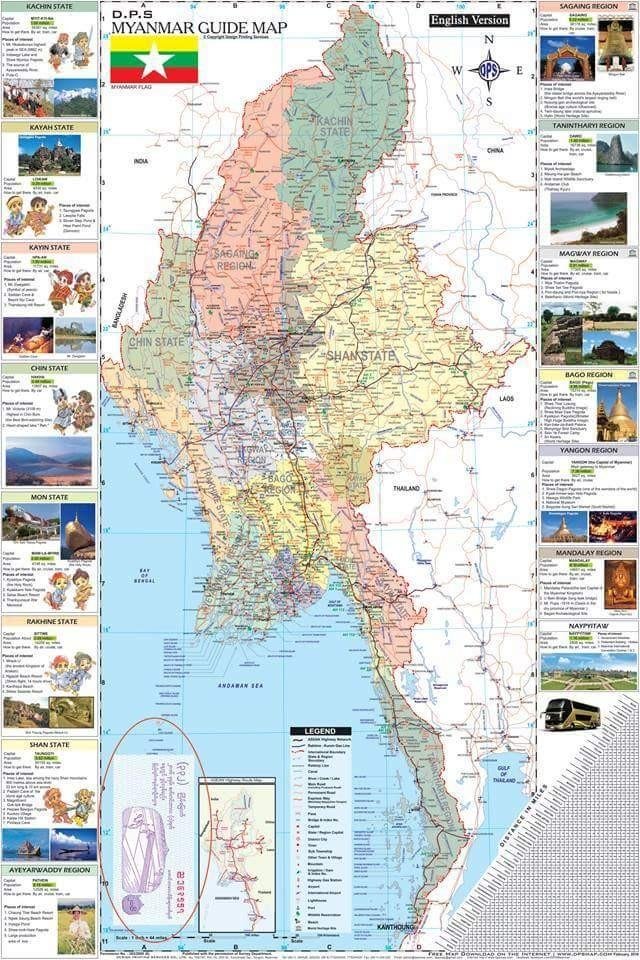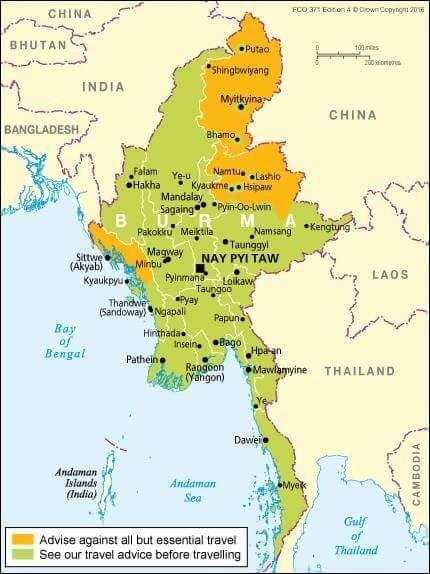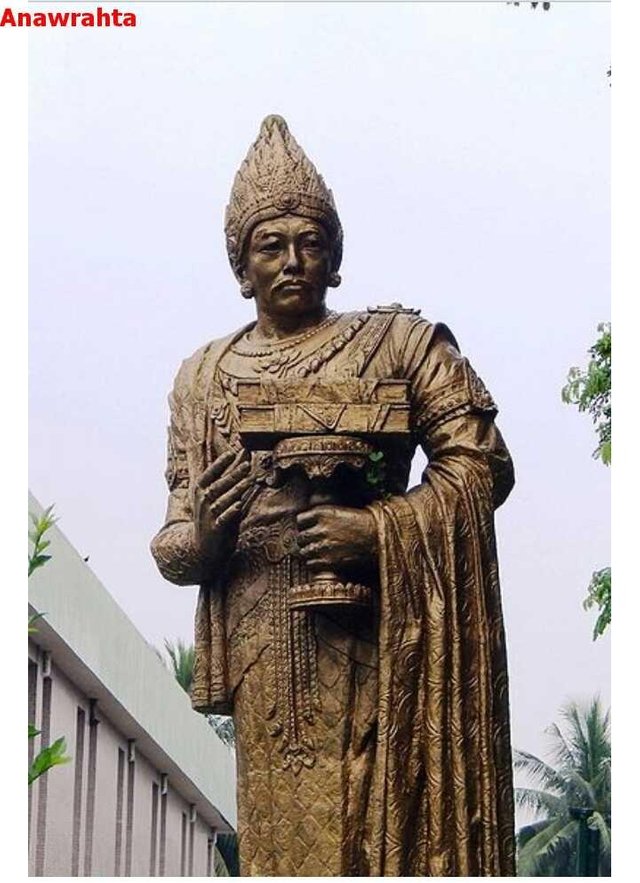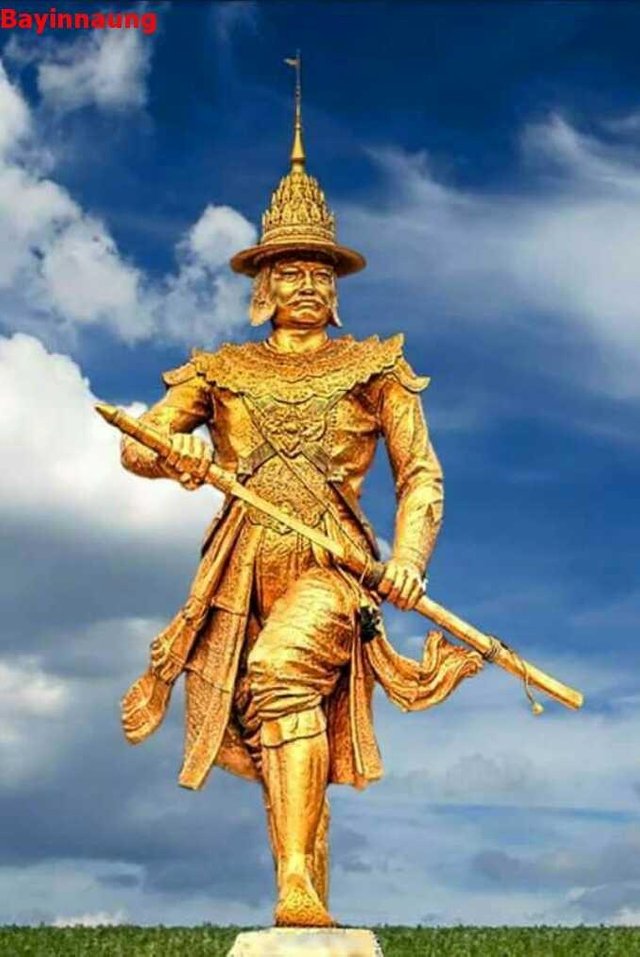Welcome to Myanmar
Myanmar, known as Suvanna Bhumi in the olden days for its fertile land and rich natural resources is the largest country in the South -east Asia Peninsula sharing borders with Bangladesh, India, China, Laos and Thailand. With a total land area of 676,577 sq.km,it is about the size of Texas and the size of United Kingdom and France combined. The country stretches over 2090 ks from north to south and over 925km east to west. It has a 2832 km long Coastline on the Indian Ocean. Over 40 percent of the total land area is covered with forests.

Climate
Generally, Myanmar has three seasons. The monsoon or rainy season is from May to October, the cool dry season from November to February, and the hot season from March to May.

Historical Background
Early civilization in Myanmar dates back to the 1st century with archaeological evidences of the Pyu Kingdom of Thayekhittaya, Beithano,and Hanlin.
The first Myanmar Expire was founded in early 11th century by King Anawrahta who unified the country through his strong leadership and intellect. The Empire with its capital at Bagan lasted until the end of 13th century with the invasion of the Mongols.
. 
The Second Myanmar Empire with its capital in Bago was founded in mid - 16th century by King Bayinnaung. The Third and the last Myanmar Empire was founded by King Alaungpaya in 1752. In the 19th century, during the peak period of colonialism, Myanmar was annexed in three stages by the British after three Anglo-Myanmar Wars in 1825,1852 and 1885. During the Second World War, Myanmar was occupied by the Janpanese for nearly three years until in1945. Myanmar became a sovereign independent state on January 4, 1948.

Myanmar is a union of 135 ethnic groups with their own languages and dialects. The major races are the Kachin, the Kayah, the Kayin, the Bamar, the Mon, the Rakhine and Shan. The name Myanmar embraces all the ethnic groups. The population of Myanmar is over 60 million with the Bamar, the majority race, making up about 70 percent.
Predominantly a Buddhist country with more than 80 percent of the people embracing Theravada Buddhism. There are also Christians, Muslims, Hindus and some
Godhead.
Culture
Myanmar lies between two great civilizations, India and China, but it has developed its own distinctive culture. Buddhism has a great influence on the daily lives of the Myanmar people. The people have preserved the traditions of close family ties, respect for elders and simple native dress. While tolerance and contentment are the characteristic of the people.
The official language is Myanmar. English is widely spoken and understood.
Economy
It is a transitional economy moving from 44 years of centrally - planned socialist to market - oriented open economy. Private sector has been encouraged and developed in both domestic and external trade. Foreign investment is allowed in almost all sectors of the economy with generous incentives for investors. As an emerging country rich in natural and human resources, Myanmar has enormous potentials for long term economic development.
Currency
Myanmar currency is the Kyat, made up of 100 pyas. Currency notes come in the following denominations; K 10000, K 5000, K 1000, K 500, K 200, K 100 and K 50.